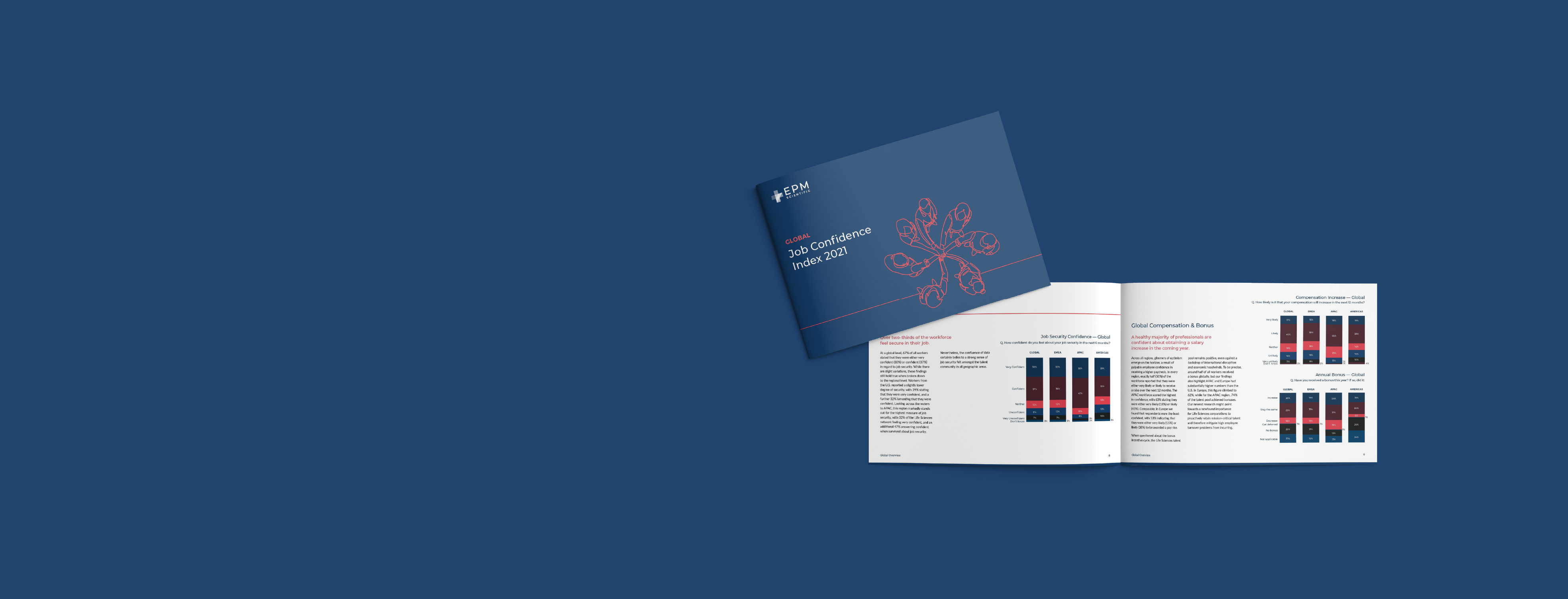
Commercial
Commercial Jobs
- Territory Manager
- Negotiable, Bremen
-
EPM Scientific are working with a leading provider of respiratory care solutions, who are dedicat...
- Territory Manager
- Negotiable, Baden-Württemberg
-
EPM Scientific are working with a leading provider of respiratory care solutions, who are dedicat...
- Hematology/Oncology Sales Specialist
- Negotiable, Memphis
-
Hematology/Oncology Territory Manager Memphis, TN Midsized pharmaceutical company Responsibilitie...
- Hematology/Oncology Territory Manager
- US$190000 - US$200000 per annum, Wisconsin
-
Title: Hematology/Oncology Territory Manager Territory: Madison/Milwaukee, WI Company Type: Midsi...
- Director, Trade Accounts
- Negotiable, Pennsylvania
-
Director, Trade Accounts Remote (Field-Based) ideally Northeast or Mid-Atlantic based A rapidly g...
- Director, Market Access Analytics
- Negotiable, Philadelphia
-
Director, Market Access Analytics Greater Philadelphia or Boston (on-site 3 days a week) A rapidl...
- Oncology Sales Specialist
- US$170000 - US$200000 per annum, Chicago
-
EPM Scientific is currently partnered with a rapidly growing biotech in the oncology space. They'...
- Senior Manager, Global Market Access
- US$160000 - US$180000 per year, Lake Forest
-
Senior Manager, Global Market Access Join a pioneering team in the medical device sector based in...
- Therapy Development Manager
- Negotiable, Kraków
-
Job Title: Therapy Development Manager Employment Type: Remote, Full-Time Location: Kraków, Polan...
-
Advancing Women of Color in STEM
DownloadAccording to the National Bureau of Economic Research, job applicants with 'white' sounding names are 50% more likely to receive an interview. Can the life sciences industry overcome hiring bias?
-
Global Job Confidence Index 2021
DownloadFor this annual report our global network of over 850 Life Sciences professionals were surveyed to measure the current sentiment in the job market.
-
Advancing Women of Color in STEM
According to the National Bureau of Economic Research, job applicants with 'white' sounding names are 50% more likely to receive an interview. Can the life sciences industry overcome hiring bias?
DownloadAdvancing Women of Color in STEM
According to the National Bureau of Economic Research, job applicants with 'white' sounding names are 50% more likely to receive an interview. Can the life sciences industry overcome hiring bias?
Download -
Global Job Confidence Index 2021
For this annual report our global network of over 850 Life Sciences professionals were surveyed to measure the current sentiment in the job market.
DownloadGlobal Job Confidence Index 2021
For this annual report our global network of over 850 Life Sciences professionals were surveyed to measure the current sentiment in the job market.
Download




